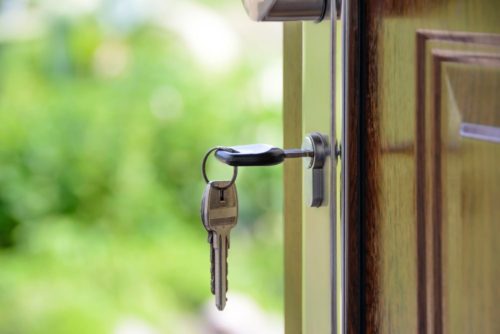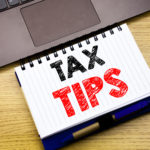5 minute read.
Gradually reliefs and allowances relating to renting are being eroded away and with the Property Tax Campaign in its fifth year, it is obvious that HMRC believe that there is still more tax to be gleaned. However, one relief that it would be difficult to withdraw entirely is the right to claim expenses incurred on the running of the property.
Renting is deemed to be a ‘business’ for income tax purposes and as such similar expenses incurred in the running of other businesses are allowable. Repairs, car running costs relating to the business use, council tax, management expenses, legal fees are all allowable.
Replacement furniture relief
The ‘Replacement Furniture Relief’ is a relief that had to be fought for by landlords and their representative associations as HMRC was intent on abolishing both the ‘renewals allowance’ as well as the ‘wear and tear’ allowance which permitted landlords of furnished residential properties to deduct 10% of net rent from their profits to cover ‘wear and tear’ on their properties whether or not any furnishings, fixtures and fittings or repairs had taken place.
The ‘Replacement’ relief can be claimed by landlords of all residential lets (except furnished holiday lets) whether fully or partly furnished, as a deduction for the costs of replacing capital items such furniture, furnishings, appliances and kitchenware provided by the landlord for use by the tenant. Note that this applies to replacement only, not the initial cost.
Principal private residence relief
Another relief that is sure to remain, although restrictions have already been imposed, is the principal private residence relief (PPR). The PPR rules typically exempt the capital gain on the sale of a main residence.
The relief is clearly targeted at owner-occupiers, but landlords can take advantage (providing the property has been the individual’s only or main residence at some time) by claiming the last 18 months ownership (9 months’ following the Autumn 2018 budget and 36 months for those moving into care homes) as occupation regardless of whether the landlord has been resident during those last months.
It is good tax planning for anyone purchasing a second property to elect for one of those properties to be the PPR and hence secure the 9 months tax relief. So long as the initial election is made, then it can then be varied (‘flipped’) as many times as desired by submitting a further election. There is no prescribed form or wording for the election, but it must be made within two years of the change in ‘combination of residences’. Should the two-year time limit be missed, there needs to be a ‘trigger’ event in order to reset the election date.
Affect to smaller landlords
The private rented sector has become a very different place over the past few years and although steps can be taken that may reduce the impact of the various restrictive changes that have taken place, research shows that the rules have affected the smaller landlords who have between three and five properties (89% of the sector) rather than the professional landlords who have emerged relatively unscathed.






